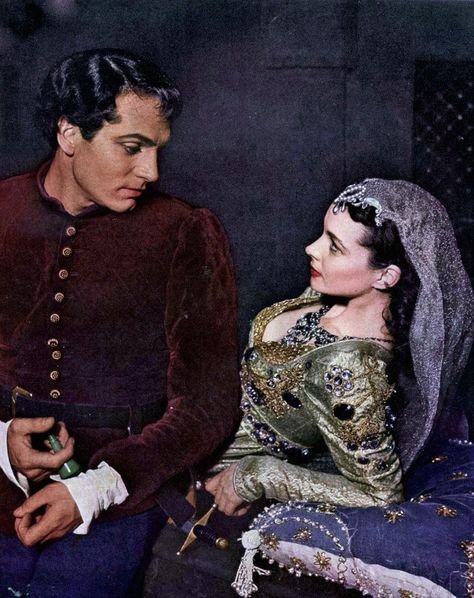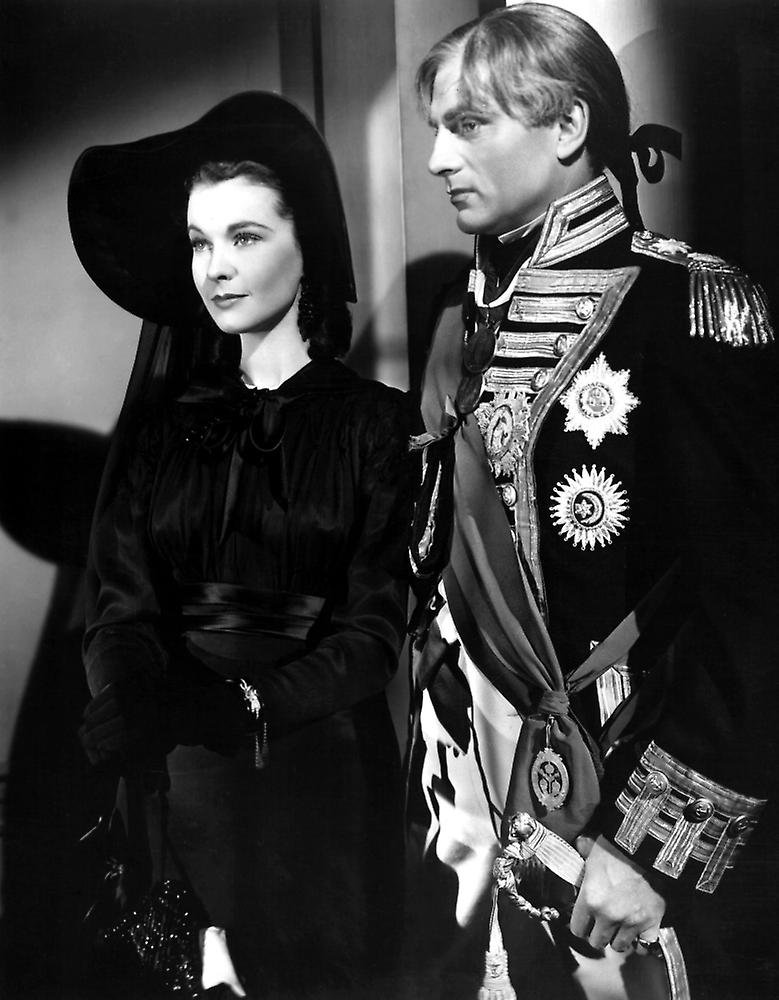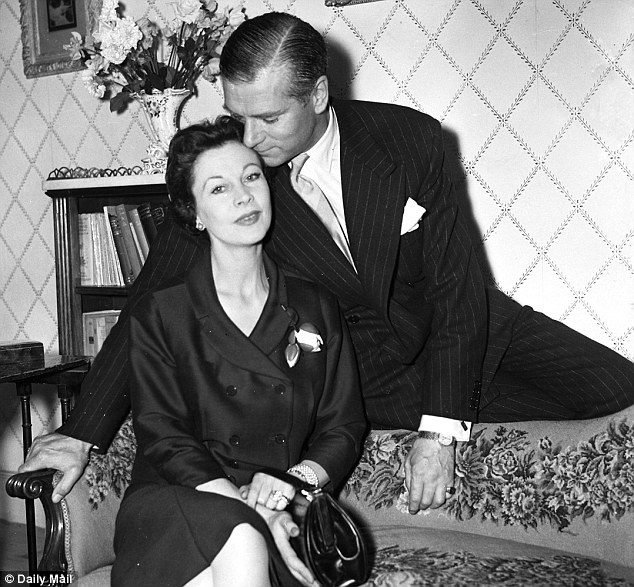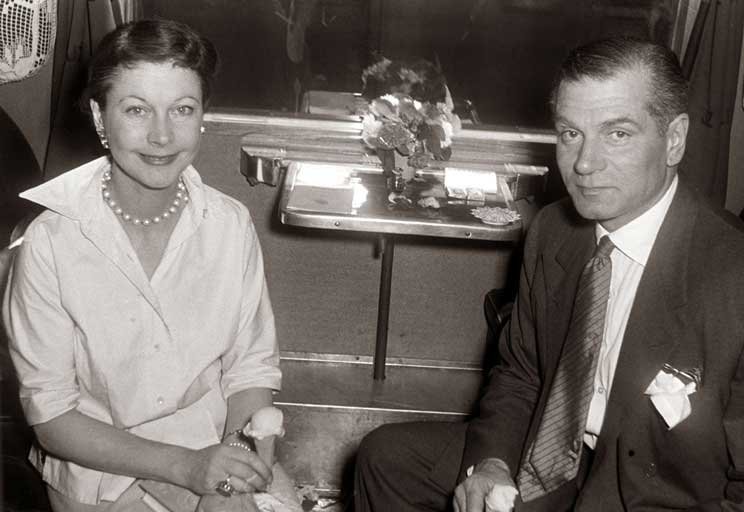Vivien Leigh and Laurence Olivier: A Timeless Love Story On and Off Screen
Discover the passionate love story of Vivien Leigh and Laurence Olivier—cinema legends whose romance captivated the world on and off screen.

Vivien Leigh was born in India. She was the daughter of a stockbroker who introduced his daughter to the arts. At the age of 3, the girl was already performing for the first time. At the age of 6, she was sent to a religious school, where she remained for much of her childhood and adolescence. At 19, she was already married to Leigh Holman, a lawyer 12 years her senior. Her only child, Suzanne Farrington, was born in 1933.
Meeting Laurence Olivier
It was in 1935 that Vivien met the man who would give her life a new direction. While acting in a play, she caught the attention of Laurence Olivier. Born in 1907, Laurence was the son of a very strict Anglican minister. At the age of 9, he played Brutus in the school play Julius Caesar. In 1924, he began studying at the Central School of Dramatic Art, from which he graduated four years later. From 1930 onwards, he appeared in a number of British films and was even considered to star alongside Greta Garbo in Queen Christina (1933).
By the time he met Vivien, Laurence had already established a solid career on the stage. He had married Jill Esmond in 1930, but the marriage was not a happy one. Vivien, in turn, was in an unhappy marriage with Leigh Holman, who disapproved of his artistic career, which he saw as a “hobby”.

The Secret Romance
Vivien was playing Henriette in the play The Mask of Virtue when she was spotted by Laurence. He wasn’t the only one impressed. The actress received several invitations to act on stage and in films. Her husband, however, continued to disapprove of her career. Vivien, unhappy in her marriage, ended up getting involved with Laurence.
The two were already together when Tarquin, Laurence and Jill’s son, was born in 1936. But even that didn’t stop their overwhelming passion. According to Laurence, “I hated myself for cheating on Jill, and although I had done it before, this was different. It wasn’t just lust. It was a love that I really hadn’t expected, that involved me.”
Fire Over England and Joint Success
Vivien and Laurence were cast to star in Fire Over England (1937). Until then, their romance was secret, and they were both in the process of divorce. The chemistry between the two on screen soon caught the public’s attention. Fire Over England was also the film that agent Myron Selznick used to introduce Vivien to his brother, David O. Selznick, as the new Scarlett O’Hara. Vivien and Laurence starred together in two more films: 21 Days Together (1940) and Lady Hamilton (1941).
Marriage and Challenges
In 1940, Vivien and Laurence finally married in Santa Barbara, California. The couple seemed to have it all: talent, fame, and love. However, personal challenges began to arise. By 1938, Vivien was already showing symptoms of bipolar disorder, a condition little understood at the time. Her mood swings and anxiety affected both her personal and professional life.

Gone with the Wind: Vivien’s Peak
1938 was a landmark year for Vivien. In addition to Laurence’s love, she was chosen to play Scarlett O’Hara in Gone with the Wind, one of the most coveted roles in cinema history. Despite initial doubts, the film became a resounding success, earning Vivien the Oscar for Best Actress. However, filming was exhausting, and Vivien did not like her co-star, Clark Gable.
The Crisis in the Marriage
Despite their professional success, Vivien and Laurence’s marriage faced serious challenges. In 1945, Vivien suffered a miscarriage while filming Cleopatra. The trauma left her in a state of deep sadness and emotional collapse. Meanwhile, Laurence was reaching the peak of her career.
Vivien became increasingly unstable, with violent outbursts and impulsive behavior. In 1948, she was given the title Lady Olivier, but her mental health continued to deteriorate.

The End of the Marriage
In 1953, Vivien suffered another nervous breakdown and left the filming of Elephant Walk, being replaced by Elizabeth Taylor. She confessed to Laurence that she had had an affair with Peter Finch, while he had also had extramarital affairs, including one with actress Claire Bloom.
Despite public appearances, the marriage was in ruins. In 1960, Vivien threatened to commit suicide during the divorce proceedings. Laurence, however, did not back down. The divorce was finalized in May 1960, and Laurence married Joan Plowright in 1961.
The Legacy of Vivien and Laurence
Vivien continued to perform on stage, despite her failing health. On July 8, 1967, she died from complications of tuberculosis. Laurence, who was undergoing treatment for cancer, visited her body and expressed deep sadness in his autobiography. He passed away on July 11, 1989, leaving behind a legacy that includes some of cinema’s greatest classics.

Sources: harpersbazaar, britannica, independent, history



